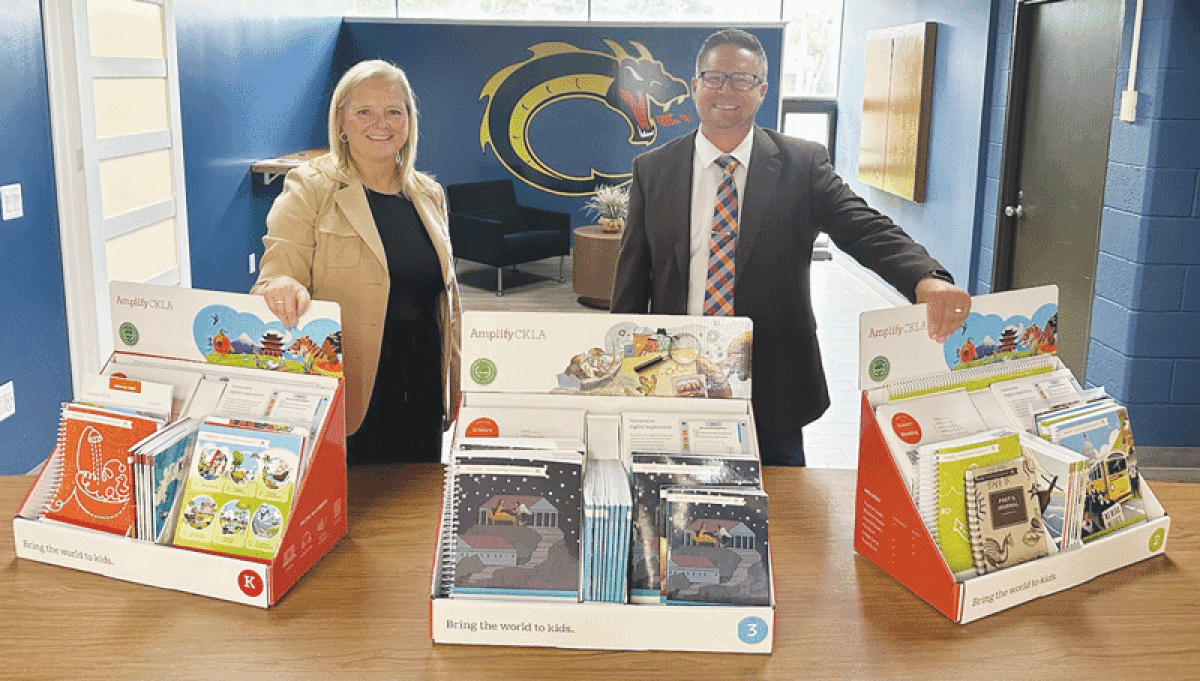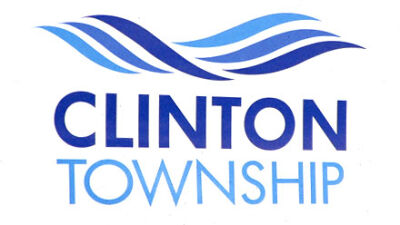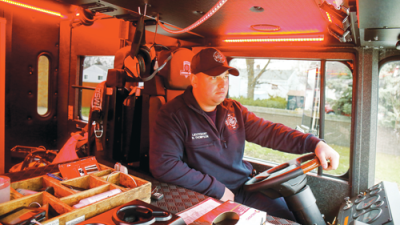CLINTON TOWNSHIP — Big changes are coming to young readers in Clintondale Community Schools. For the first time in two decades, the small Clinton Township school district is updating its language arts curriculum.
Spurred on by Heather Halprin, the district’s chief academic officer, and supported by new superintendent Ken Janczarek, the new curriculum is built around the results of the past 20 years of educational research. Amplify, the makers of the curriculum, call it the “Science of Reading.”
“There’s been a ton of research over the past 20 years on how students learn to read and best practices around teaching kids to read,” Halprin said. “Our past curriculum and many districts used what was called a ‘balanced literacy approach,’ and the Science of Reading really takes a different approach in terms of how we teach kids to read.”
While the Science of Reading retains a phonics-based approach from prior curricula, phonics skills are taught in a sequential order while focusing on decoding words. Amplify’s program develops students’ foundational literacy skills through a sequential approach focusing on phonics and forming associations between oral and written English.
“It combines language comprehension, word recognition and knowledge,” Halprin said. “Those are the three components of the Science of Reading.”
A new curriculum means a whole new in-class experience and materials. Each classroom will receive a new library with books designed to be decoded at the expected literacy level for each grade. The content of each book will explore other subjects such as history and science. Teachers will spend 120 minutes each day on literacy and reading instruction using the new materials. The district is already working to get its teachers up to speed on the new curriculum, though Halprin expects students will gradually adjust to the new system.
“It’s going to be a struggle, particularly for our (upper elementary) kids, because they’re not used to grade-level content,” Halprin said. “Because they’re behind, they’re not exposed to the rigorous literature that they will be exposed to. It’s going to be tough at first, but we feel that our younger kiddos will make that transition and grow more quickly once they have a better start.”
According to a statement from Clintondale, the new curriculum comes with a license allowing the district to use it for six years.
“I don’t see this curriculum going away,” Janczarek said. “If we’re able to utilize it to ensure kids are at grade level by the time they leave elementary school, if we’re able to reach those benchmarks — each grade level having a set standard of where they should be with their reading — I don’t see it going away. It’s going to allow us to ensure that all of our kids are at the appropriate level going into middle school so they can continue their education.”
Clintondale purchased the license with funding provided by the Elementary and Secondary School Emergency Relief Fund, a Department of Education program that provides public school districts with emergency funding related to the COVID-19 pandemic.
 Publication select ▼
Publication select ▼

















